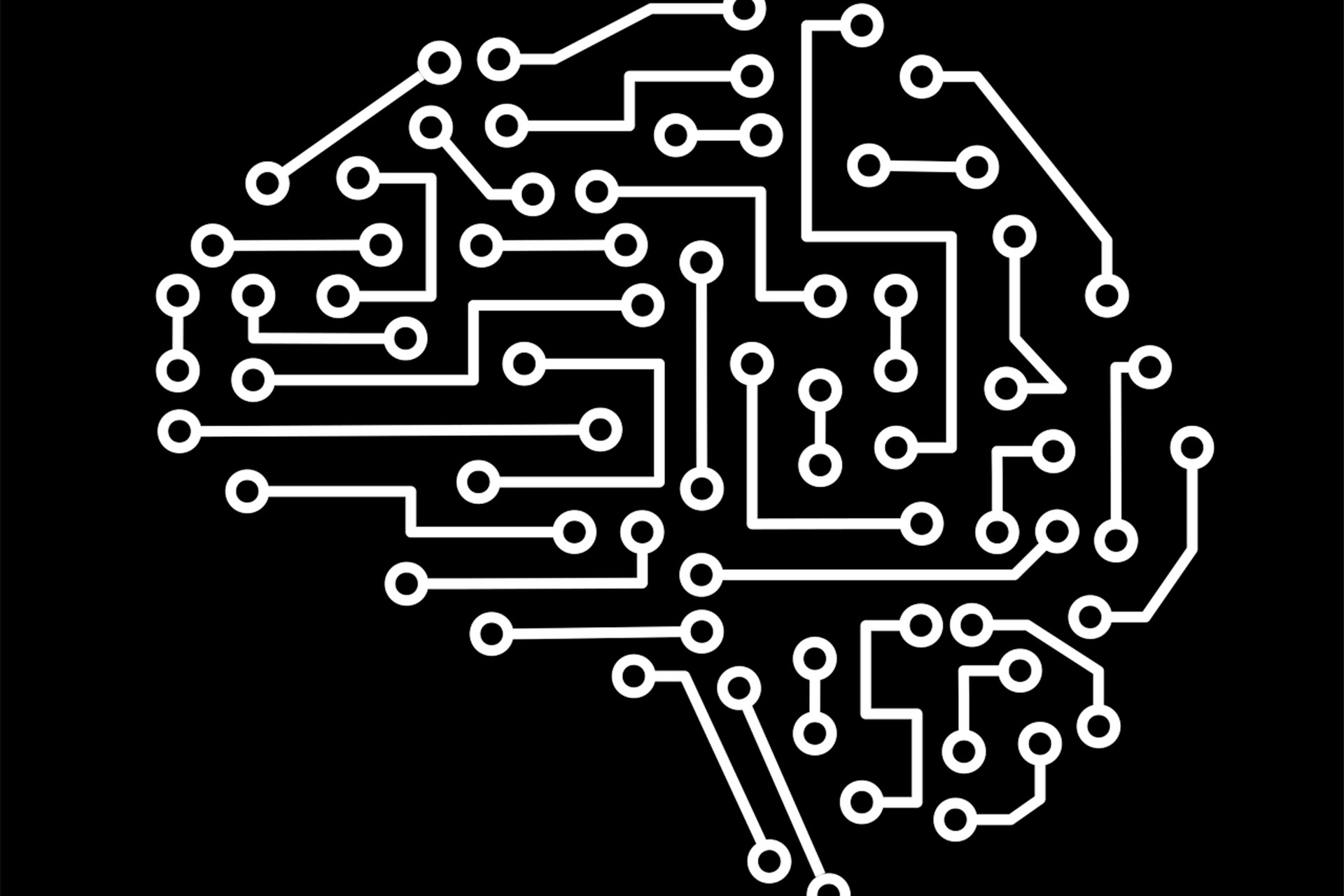
AI 101: Computer Science professor explains common artificial intelligence terms
story by Jayme DeLoss
published Aug. 31, 2023
Technologies based on artificial intelligence are developing so rapidly, it can be hard to keep up with all the applications and terminology.
You may have used or at least heard of ChatGPT, a chatbot that can converse with people so naturally that it can be hard to tell its responses apart from human answers. The “GPT” stands for “Generative Pre-Trained Transformer,” but what does any of that mean?
“The form of AI that you’re currently seeing – like ChatGPT and Bard – are known as deep learning techniques, or sometimes known as large language models,” said Colorado State University Professor Bruce Draper, head of the Department of Computer Science. “They are basically really good predictors.”
Large language models can simulate natural language because they have been trained on a large amount of data – think the entirety of the Internet. They find and follow statistical patterns and can predict the most likely next word in a sequence of words.
“Its power is the ability to build associations over more data than you or I could ever read,” Draper said. “That’s the new tool they give to all of us. It is empowering. It is disruptive. But it’s not going to replace creativity or intelligence.”
SOURCE asked Draper to explain common AI terms and help make sense of what they mean for those of us with human intelligence.
AI Research
Artificial intelligence isn’t science fiction anymore. This special report from SOURCE explores the importance of artificial intelligence research and what you really need to know about the potential and impact of this empowering, disruptive and complicated technology. read more